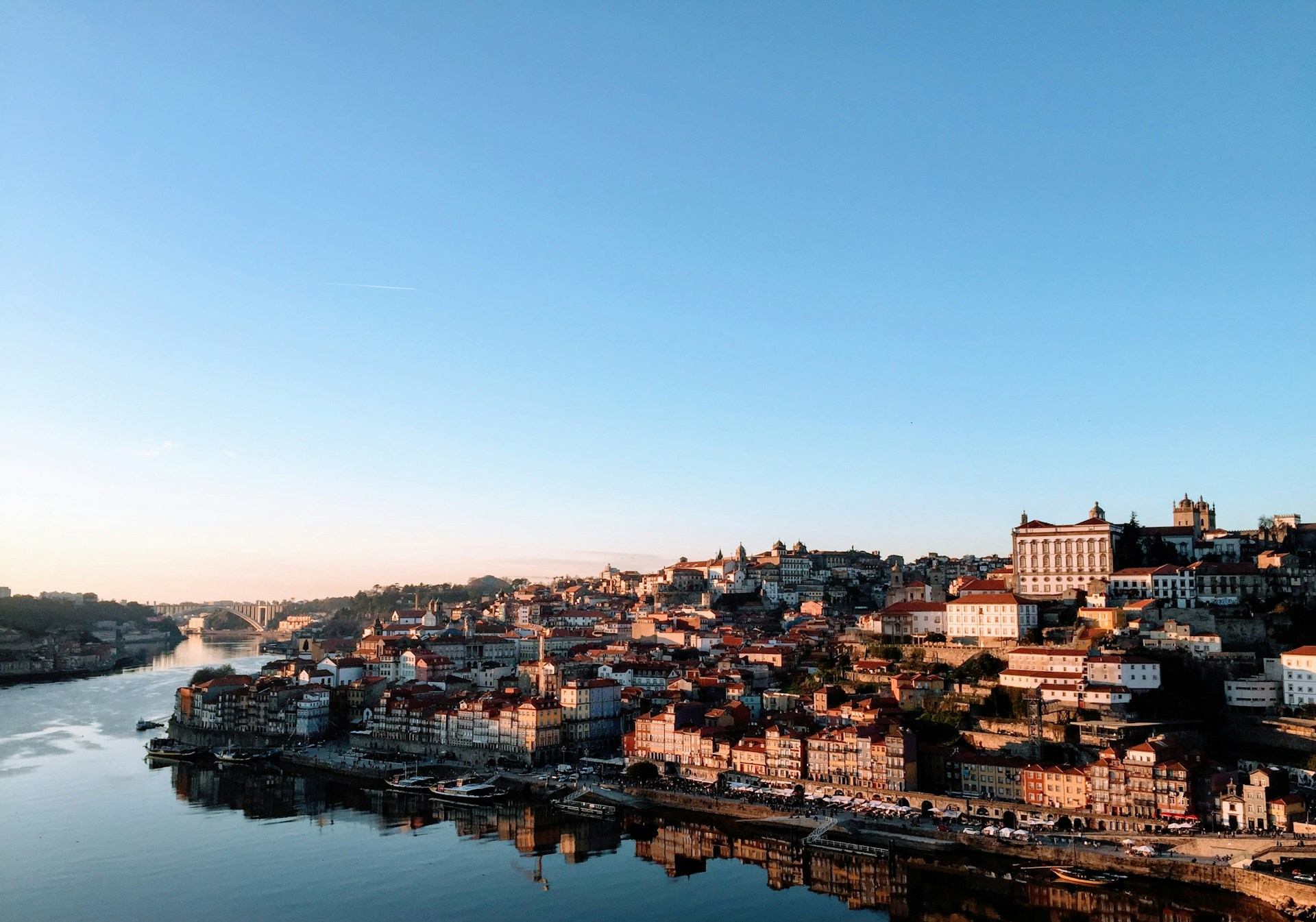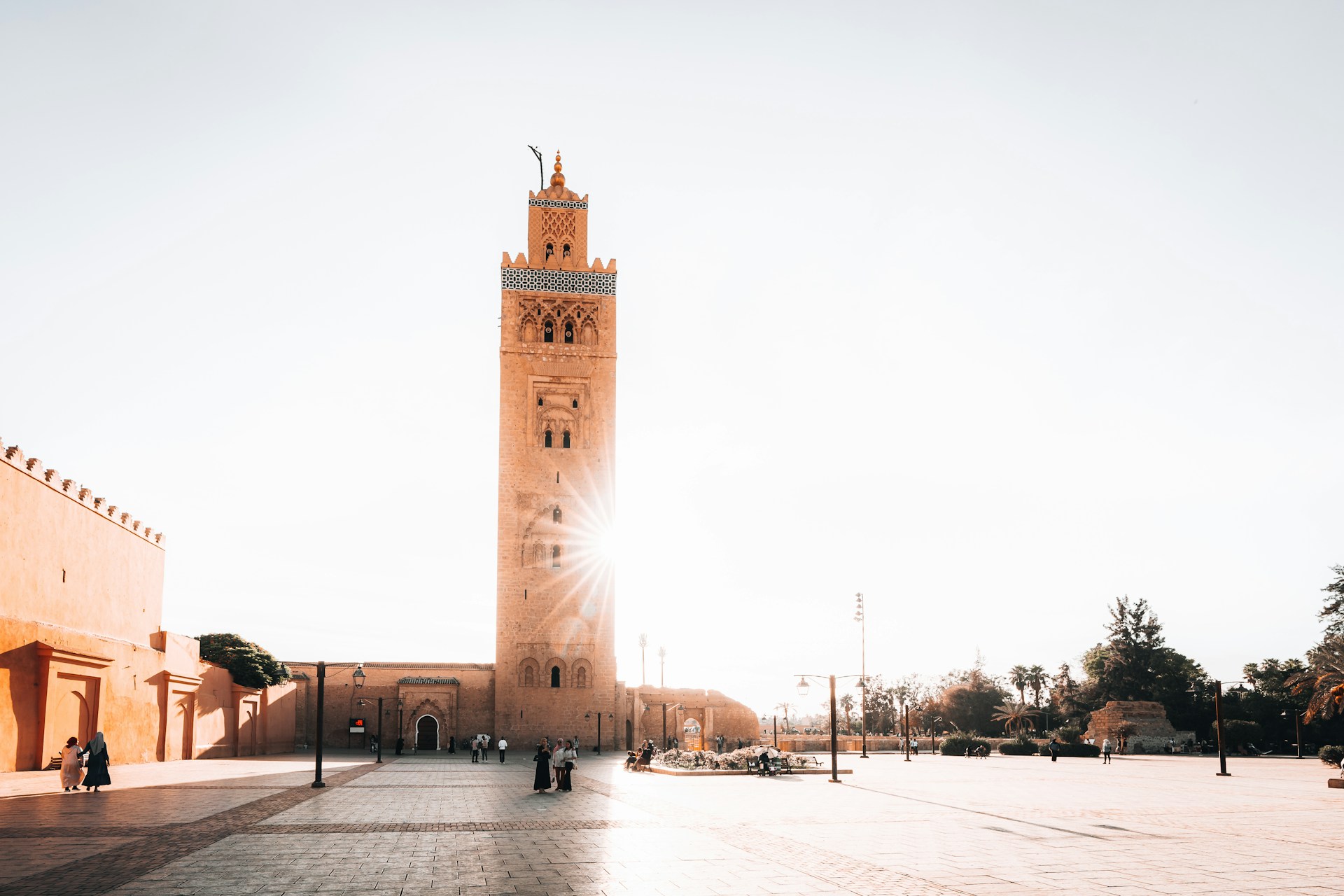Not because something was missed the first time, but because there's more to feel.
In 2026, discerning travelers are choosing return over novelty. Paris, Rome, Porto, Marrakech, London, Bali, these aren't destinations to be checked off a list. They're cities that reward those who come back ready to see them differently, to skip the performance and find the rhythm beneath.
1. Paris: Beyond the Monuments
The Eiffel Tower will still be there tomorrow. The Louvre isn't going anywhere. But arriving in Paris with a rigid itinerary is like reading the CliffsNotes instead of the novel.
The city reveals itself in quieter registers. Steam rising from a boulangerie at dawn. The particular hiss of a Parisian espresso machine. A taxi driver humming Brassens at a red light. These are the moments that stay.
Related reading: The Top World Hotel Guide to Paris
Where to Stay in Paris
La Fantaisie — Located in the 9th arrondissement, this property understands restraint. Light floods the interior courtyard, greenery softens the geometry, and breakfast here is an event worth waking for. Close enough to everything without drowning in foot traffic.
Château des Fleurs — In the western quarters near Trocadéro, old-world theatre meets contemporary grace. Warm tones, soundproofed rooms, and the excellent OMA bakery next door. The corner suites offer particular charm.
Hôtel Providence — The 10th arrondissement's best-kept secret. Dimmed lighting, velvet seating, and a bar where one nightcap becomes three. This is Paris as it's lived, not as it's performed for cameras.
Essential Paris Information
- Optimal visiting window: April through May, or September through October
- Boutique hotel range: €180-€280 per night
- Recommended stay: 4-5 days minimum
- Transportation: Metro for efficiency, feet for discovery

2. Rome: The Eternal City's Modern Pulse
Rome has never been frozen in amber. It simply moves at its own tempo, gloriously chaotic and magnetic in equal measure. Morning traffic gives way to perfect espresso by noon, followed by dinner under frescoed ceilings, all within a single neighborhood.
The secret to Rome is accepting the disorder as essential. The Vespa cutting through traffic, the trattoria inexplicably closed on Tuesdays, the sudden festa blocking your planned route, these aren't inconveniences. They're the operating system.
Further reading: Roman Elegance Rediscovered
Where to Stay in Rome
Palazzo Velabro — Near the Forum, where ancient stones meet contemporary design. The contrast between exterior weight and interior lightness creates a particular kind of calm. Rooms that make sense of the city's beautiful chaos.
Palazzo Ripetta — Courtyards that have held centuries of silence, interiors designed for now. The balance here is Rome's great gift: respecting history without being imprisoned by it.
Casa Monti — In the Monti neighborhood, where creativity leads. Artists linger, dinners stretch past midnight, and conversations have room to breathe. The kind of place that makes you extend your stay.
Rome at a Glance
- Best months: Late March-May, September-early November
- Average boutique rate: €160-€260/night
- Duration: 5-6 days to scratch the surface
- Insider tip: Book restaurants 2-3 days ahead, even off-season

3. Porto: Portugal's Quiet Masterpiece
Porto appears reserved at first encounter, almost shy compared to its southern sibling. But this apparent quietness is intentional. The rhythm here belongs to residents, not to those chasing "hidden gems" for social media.
The tiled façades aren't Instagram backdrops, they're homes, lives stacked vertically along steep streets. The air carries salt and sugar, the Douro River provides the soundtrack, and the city unfolds for those willing to slow down.
You might also like: The Best Hotels in Portugal: Five Escapes for Every Kind of Traveller
Porto's Best Independent Hotels
The Largo — A cluster of heritage buildings transformed into a single, breathing residence. Each room distinct, every corner touched by careful light. This is adaptive reuse done with intelligence and restraint.
Vinha Boutique Hotel — Where simplicity becomes luxury. Excellent wine, river views, zero pretense. The kind of place that understands less is often more.
Palacete Severo — An urban palace reimagined without stiffness. Original details preserved where they matter, contemporary comfort where it counts.
Porto Essentials
- Peak season to avoid: July-August
- Hotel pricing: €110-€200/night
- Ideal length: 3-4 days
- Don't miss: Port wine lodges in Vila Nova de Gaia (book ahead)

4. Marrakech: Beauty and Tension
Marrakech doesn't ask to be loved easily. It demands to be understood on its own terms. The air thickens with layered sensations: spice, dust, heat, mint, engines, prayer calls, all competing for attention. Subtlety is not in the city's vocabulary, and that's precisely the point.
Choosing accommodation here isn't merely about thread count. It's about finding the right counterbalance to the medina's intensity—a space where the city's energy can be appreciated from a position of calm.
See also: Best Boutique Riads and Villas in Marrakech 2026
Marrakech Properties Worth Booking
The Mellah Hotel — Bold colors deployed with precision, quiet that feels earned rather than artificial. The luxury here comes from shade and silence, not from marble or gold.
Riad Nyla — What a riad should be: a refuge from the medina's heat and noise. Fountains cool the air, rooms encourage afternoon rest, time moves differently inside these walls.
Riad Botanica — Plants soften edges, shadows create respite. The kind of space that makes the city's intensity manageable, even welcome.
Marrakech Planning Guide
- Comfortable weather: October-November, March-April
- Riad rates: €140-€280/night
- Recommended stay: 4-5 days
- Important: Book riads in the medina for authentic experience

5. London: The City Behind the Clichés
Most visitors claim to know London. They don't. They come once, experience rain, navigate the Tube, and consider the city understood. But the real London hides in cafés opening before sunrise, in markets where vendors remember faces, in that particular mix of discipline and chaos no other city manages.
London in 2026 belongs to the independents: small restaurants with weeks-long waiting lists, micro-galleries in converted warehouses, bars where conversation still outranks music.
Explore more: 48 Hours in London: A Curated Weekend Guide
London Hotels with Character
The Zetter Clerkenwell — Embedded in a neighborhood of studios, craft bars, and working people. The details here feel personal rather than corporate. This is London as it actually functions.
Grand Hotel Bellevue — Near Hyde Park, bringing back the elegance of traditional London hotels without the stuffiness. High ceilings that still impress, beds that actually deliver sleep, corridors blessedly quiet.
London Practicalities
- Most pleasant months: May-June, September
- Boutique hotel average: £180-£320/night
- How long: 5-7 days for proper exploration
- Pro tip: Oyster card is still the smartest transport option

6. Bali: Reset Your Rhythm
Bali isn't a city, but it pulses with urban energy, alive, layered, unpredictable. Travelers no longer come to escape. They come because something in their home rhythm has stopped working, and Bali, somehow, helps recalibrate.
This isn't about wellness retreats or digital nomad clichés. It's about choosing a different tempo. Early mornings, long swims, real hunger, deep sleep. The island doesn't try to change you. It just creates space for noticing what matters.
Continue reading: Wellness, Sleep & Community: The New Frontiers of Luxury Travel
Bali Stays That Understand
Alila Manggis — The ocean close, the quiet genuine. No wellness theater or forced enlightenment. Just space, palms, air, and the permission to slow down.
Mathis Lodge Amed — Built into the hills, facing the coast. At night, wind replaces Wi-Fi as the dominant sound. The kind of place that makes early mornings feel natural.
Bali Travel Notes
- Best weather: April-October (dry season)
- Accommodation range: $120-$280/night
- Suggested duration: 7-10 days minimum
- Essential: Rent a scooter or hire a driver—taxis are unreliable

Comparing the Six: Quick Reference Guide
| City | Best For | Avg. Daily Budget | Ideal Season |
|---|---|---|---|
| Paris | Architecture, gastronomy, walking | €200-€350 | Apr-May, Sep-Oct |
| Rome | History, food, people-watching | €180-€320 | Mar-May, Sep-Nov |
| Porto | Slower pace, wine, authentic Portugal | €130-€220 | Apr-Jun, Sep-Oct |
| Marrakech | Sensory intensity, architecture, contrast | €150-€280 | Oct-Nov, Mar-Apr |
| London | Culture, diversity, urban energy | £220-£400 | May-Jun, Sep |
| Bali | Rhythm reset, nature, swimming | $140-$280 | Apr-Oct |
Why These Cities Endure
They last. That's the essential point.
These aren't destinations chosen for novelty or trendiness. They're cities that hold their shape even as the world accelerates. Paris teaches patience through its café culture. Rome demonstrates that history still breathes in present tense. Porto proves that smaller scale isn't lesser quality. Marrakech confronts the senses without apology. London keeps you alert through constant evolution. Bali lets you stop counting hours.
Choosing the right hotel inside these cities matters more than luxury tier or star ratings. It's about how you want to feel while you're there, energized or calm, social or contemplative, challenged or comforted.
A well-chosen stay won't transform your life. But it can make a long-awaited return feel exactly right.
Frequently Asked Questions
Which cities are genuinely worth revisiting in 2026?
Paris, Rome, Porto, Marrakech, London, and Bali, if you're prepared to go further afield. These cities reward return visits because they've maintained authenticity while evolving naturally. Unlike trending destinations that peak and decline, these places have staying power.
Why return to familiar cities instead of exploring new destinations?
Because familiarity allows depth. On a return visit, you stop sightseeing and start living, in neighborhood cafés, on unmarked side streets, at hotels that still have individual character. You can skip the obvious landmarks and find the city's actual rhythm.
What makes a hotel worth booking in 2026?
Independence, scale, and authenticity. Hotels that don't hide behind international brands, small enough that staff remember faces, designed with attention to detail rather than following corporate templates. Places where the city flows through the walls rather than being shut out.
How much should I budget per day in these cities?
Paris and London: €200-€400 daily (hotel, meals, transport). Rome: €180-€320. Porto: €130-€220. Marrakech: €150-€280. Bali: $140-$280. These ranges assume mid-level boutique hotels and dining at good local spots, not tourist traps or Michelin restaurants.
Are these cities overtouristed?
Parts of them, yes. The Eiffel Tower will always have lines. The Colosseum gets crowded. But each city has neighborhoods and rhythms where tourism is balanced or minimal. That's what makes location and timing crucial, and why local knowledge matters more than ever.
What's the biggest mistake travelers make when returning to these cities?
Trying to "do" them the same way as the first visit. The monuments don't need to be seen again. The value of returning is going deeper: finding the café that becomes your morning ritual, the market where vendors recognize you, the neighborhood walk that becomes essential.
How do I choose between Paris, Rome, and Porto for a return trip?
Paris if you want refinement and can afford the premium. Rome if you want intensity and don't mind chaos. Porto if you want authenticity at a gentler pace and price point. All three reward return visits, but for different reasons and moods.
